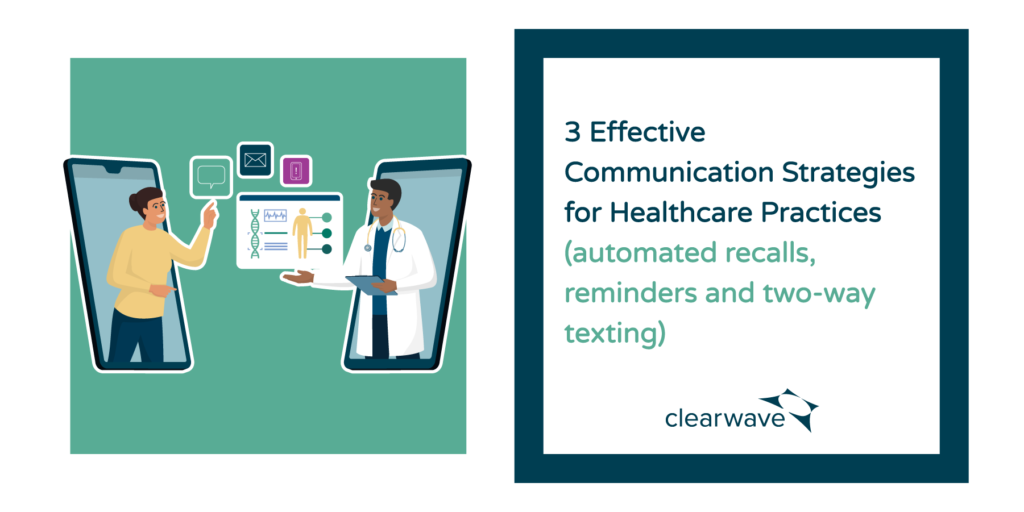Introduction to Health Communication

Health communication refers to the process of exchanging information between healthcare providers and patients, families, or communities. It involves the use of verbal and non-verbal cues, such as body language, tone of voice, and written materials, to convey health-related information. Health communication is a critical aspect of healthcare, as it helps patients understand their health conditions, treatment options, and self-care instructions.
Benefits of Effective Health Communication
Effective health communication has numerous benefits, including:
- Improved health outcomes: Clear and accurate communication helps patients understand their health conditions and treatment options, leading to better health outcomes.
- Enhanced patient satisfaction: Good communication helps build trust between patients and healthcare providers, leading to increased patient satisfaction.
- Increased patient engagement: Effective communication empowers patients to take an active role in their healthcare, leading to better self-care and health management.
- Reduced healthcare costs: Clear communication can help reduce healthcare costs by preventing unnecessary tests, procedures, and hospitalizations.
Health Communication Strategies
Healthcare providers can use various strategies to communicate effectively with their patients. Some of these strategies include:
- Verbal communication: Verbal communication involves the use of spoken language to convey health-related information. Healthcare providers should use simple, clear language and avoid using technical jargon or complex medical terms.
- Non-verbal communication: Non-verbal communication involves the use of body language, facial expressions, and tone of voice to convey emotions and attitudes. Healthcare providers should be aware of their non-verbal cues and use them to show empathy and concern.
- Written communication: Written communication involves the use of written materials, such as patient education brochures, discharge instructions, and medication labels. Healthcare providers should use clear and concise language and avoid using complex medical terms.
- Visual aids: Visual aids, such as diagrams, pictures, and videos, can help patients understand complex health information. Healthcare providers should use visual aids to supplement verbal and written communication.
- Cultural competence: Healthcare providers should be culturally sensitive and adapt their communication style to meet the needs of diverse patient populations.
- Patient-centered communication: Patient-centered communication involves focusing on the patient’s needs, concerns, and preferences. Healthcare providers should use patient-centered communication to build trust and rapport with their patients.
Technology-Based Health Communication Strategies
Technology has transformed the way healthcare providers communicate with their patients. Some technology-based health communication strategies include:
- Telemedicine: Telemedicine involves the use of electronic communication, such as video conferencing, to provide healthcare services remotely.
- Patient portals: Patient portals are secure online platforms that allow patients to access their medical records, communicate with healthcare providers, and request appointments.
- Mobile health applications: Mobile health applications, such as fitness trackers and health monitoring apps, can help patients manage their health and communicate with healthcare providers.
- Social media: Social media platforms, such as Twitter and Facebook, can be used to disseminate health information and engage with patients.
Challenges in Health Communication
Despite the importance of health communication, there are several challenges that healthcare providers face. Some of these challenges include:
- Language barriers: Language barriers can create a significant challenge in health communication, particularly in diverse patient populations.
- Health literacy: Health literacy refers to the ability to understand and act on health information. Low health literacy can lead to poor health outcomes and decreased patient satisfaction.
- Cultural differences: Cultural differences can affect the way patients perceive and respond to health information.
- Technological barriers: Technological barriers, such as limited access to internet or smartphones, can limit the use of technology-based health communication strategies.
FAQs
- What is health communication?
Health communication refers to the process of exchanging information between healthcare providers and patients, families, or communities. - Why is health communication important?
Health communication is important because it helps patients understand their health conditions, treatment options, and self-care instructions, leading to better health outcomes and improved patient satisfaction. - What are some effective health communication strategies?
Effective health communication strategies include verbal communication, non-verbal communication, written communication, visual aids, cultural competence, and patient-centered communication. - How can technology be used to improve health communication?
Technology can be used to improve health communication through telemedicine, patient portals, mobile health applications, and social media. - What are some challenges in health communication?
Challenges in health communication include language barriers, health literacy, cultural differences, and technological barriers.
Conclusion
Effective health communication is critical to achieving better health outcomes, improved patient satisfaction, and enhanced quality of life. Healthcare providers can use various strategies, including verbal communication, non-verbal communication, written communication, visual aids, cultural competence, and patient-centered communication, to communicate effectively with their patients. Technology-based health communication strategies, such as telemedicine, patient portals, mobile health applications, and social media, can also be used to improve health communication. By understanding the importance of health communication and using effective communication strategies, healthcare providers can build trust and rapport with their patients, improve health outcomes, and reduce healthcare costs. Ultimately, effective health communication is essential to providing high-quality patient care and achieving better health outcomes.
Closure
Thus, we hope this article has provided valuable insights into Health communication strategies. We hope you find this article informative and beneficial. See you in our next article!